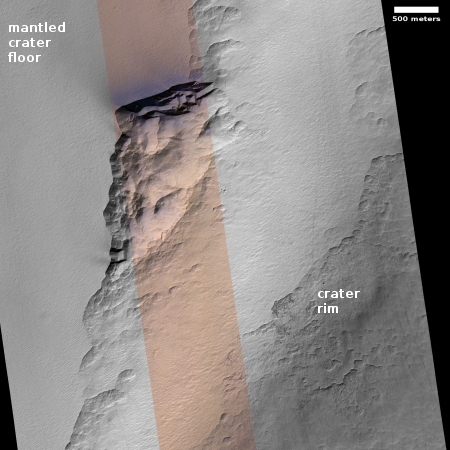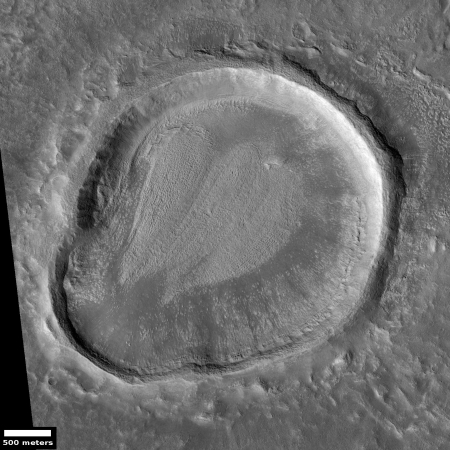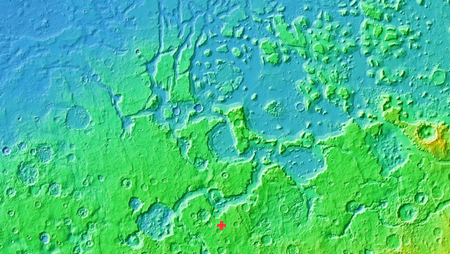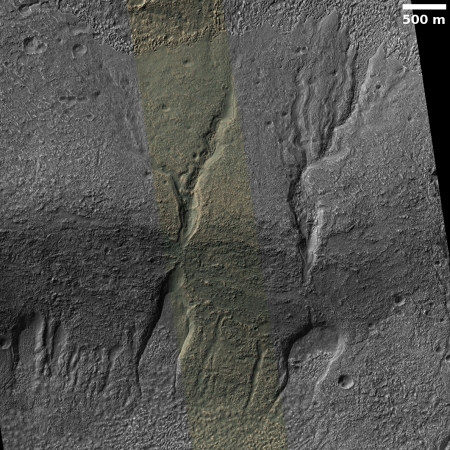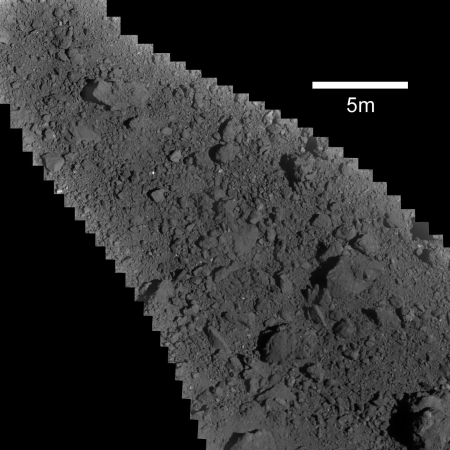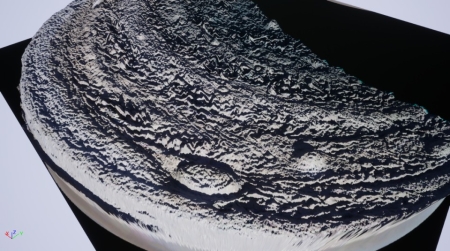The expanding range for Martian ice scarps
The discovery in January 2018 of a number of Martian cliff faces, or scarps as the scientists dubbed them, with a visible and apparently very accessible underground layer of ice, had significant ramifications.
First, it proved that, in at least one area south of Hellas Basin and one spot in the northern hemisphere, an underground ice table existed on Mars at latitudes as far south as 55 degrees. Scientists had theorized that this ice table, comparable to the water table on Earth, existed, but here was visible proof.
Second, the discovery showed places where water could be accessed relatively easily by future colonists. There are plenty of indications from orbiter images and lander/rover data that water is present in many places on Mars, but here the water appeared almost pure and could be obtained without major digging or processing. Whether that ice table extends even farther south, making it even more accessible, remains as yet a scientific question.
In the next few months the scientists involved in this research located more ice scarps in areas beyond the range of those initial discoveries. Since then however even more scarps have been found, including the scarp in the image above and to the right, cropped, reduced, and annotated to post here.
This particular scarp is located inside a crater. The uncaptioned release from the high resolution camera on Mars Reconnaissance Orbiter (MRO), described it as a “Scarp in mantling material.” According to Colin Dundas of the U.S. Geological Survey’s Astrogeology Science Center in Arizona,
» Read more

